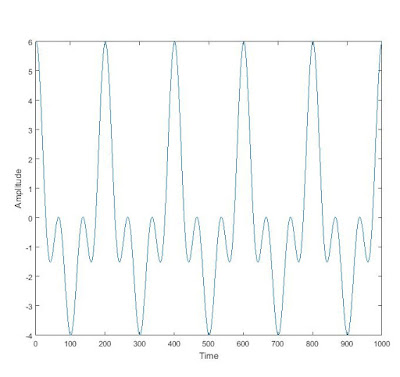Outline
1. Summary
b. A BPM was constructed to model the propagation of a laser beam and the interaction of the beam with different optical substrates
4. Model of Gaussian (picture), radially symmetric
6. MATLAB was used to create matrix representation of grid (spatial) where the intensity of the beam is calculated at each point, initially in air
7. Beam parameters are used in equation to create a simulation of beam propagation in different materials using MATLAB
b. Matrix is used to transform beam parameters when laser passes through a lens or optical substrate
9. Summary of results of simulations
10. Experimental data collected and comparison to simulation (if completed before end of internship?)
11. Conclusion: restate summary









